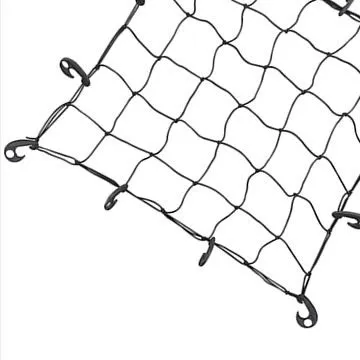- Afrikaans
- Albanian
- Amharic
- Arabic
- Armenian
- Azerbaijani
- Basque
- Belarusian
- Bengali
- Bosnian
- Bulgarian
- Catalan
- Cebuano
- Corsican
- Croatian
- Czech
- Danish
- Dutch
- English
- Esperanto
- Estonian
- French
- German
- Greek
- Hindi
- Indonesian
- irish
- Italian
- Japanese
- Korean
- Lao
- Malay
- Myanmar
- Norwegian
- Norwegian
- Polish
- Portuguese
- Romanian
- Russian
- Serbian
- Spanish
- Swedish
- Thai
- Turkish
- Ukrainian
- Uzbek
- Vietnamese
Agu . 17, 2024 04:01 Back to list
Steps to Install an Access Panel in a Drywall Ceiling
How to Install an Access Panel in a Drywall Ceiling
Installing an access panel in a drywall ceiling can be a straightforward task, provided you have the right tools and follow the correct procedures. An access panel is essential for gaining easy access to plumbing, electrical wiring, or HVAC systems hidden behind drywall. This article will guide you through the steps necessary for installing an access panel in a drywall ceiling.
Materials and Tools Needed
Before starting the installation, gather your materials and tools. You will need
- An access panel (check the size appropriate for your needs) - Drywall saw or utility knife - Measuring tape - Level - Pencil - Stud finder - Screwdriver or drill - Drywall joint compound (for finishing) - Sandpaper or sanding block - Paint (if necessary) Step 1 Choose the Location
The first step is selecting an appropriate location for your access panel. Ideally, it should be placed where it provides the easiest access to the area you need. Use a stud finder to ensure there are no studs, electrical wires, or pipes in the way. Mark the spot with a pencil.
Step 2 Measure and Mark the Panel Size
Using the access panel as a template, measure out the dimensions on the ceiling where you will cut. Ensure the markings are level to avoid a crooked installation. Make sure to add a few inches of clearance around the edges of the access panel for a proper fit.
Step 3 Cut the Drywall
Using a drywall saw or utility knife, carefully cut along the marked lines. If you’re using a utility knife, score the drywall several times to make a clean cut. Be cautious during this step to avoid cutting anything behind the drywall. Once the panel is cut, remove the pieces of drywall and clean up the edges.
how to install access panel in drywall ceiling

Step 4 Install the Access Panel
Most access panels come with mounting screws or flanges. Align the panel with the opening you created, ensuring it fits snugly. If the panel has a flange, it should sit flush against the ceiling. Secure the access panel by inserting screws into the pre-existing holes around the perimeter. If it doesn’t have flanges, you might need to screw it directly to the ceiling joists for added stability.
Step 5 Finish the Edges
Once the access panel is installed, you'll likely see gaps between the panel and the drywall. Use drywall joint compound to fill in these gaps for a smooth finish. Apply it generously and spread it evenly, making sure to feather the edges for blending.
Step 6 Sand and Paint
After the joint compound has dried completely—usually at least 24 hours—use sandpaper or a sanding block to smooth over the area. Be thorough to achieve a seamless look. Once you are satisfied with the smoothness, you can paint over the access panel to match the ceiling, ensuring it blends in nicely.
Step 7 Test the Access Panel
Finally, open the access panel to ensure it operates smoothly and provides the necessary access. This is a good time to double-check that there are no obstructions or anything else that could interfere with its ease of use.
Conclusion
Installing an access panel in a drywall ceiling is a practical solution for maintaining your home’s plumbing, wiring, or HVAC systems. By carefully selecting the location, cutting the drywall accurately, and securing the panel effectively, you can create an unobtrusive access point that blends well with your ceiling. With the added benefit of easily gaining access to critical systems, your installation will ultimately enhance the functionality of your living space.
-
Transform Interiors with PVC Gypsum Ceiling: A Stylish, Durable, and Moisture-Resistant SolutionNewsMay.19,2025
-
The Smart Interior Upgrade: Discover the Durability and Versatility of Gypsum Ceiling Access Panel SolutionsNewsMay.19,2025
-
The Smart Choice for Interior Design: Discover the Value of PVC Gypsum Ceiling SolutionsNewsMay.19,2025
-
Mineral Fiber Ceiling Tiles: The Smart Blend of Performance and AestheticsNewsMay.19,2025
-
Mineral Fiber Ceiling Tiles: The Superior Choice Over Gypsum for Sound and Fire SafetyNewsMay.19,2025
-
Mineral Fiber Ceiling Tiles: Eco-Friendly Strength and Style for Every CeilingNewsMay.19,2025







